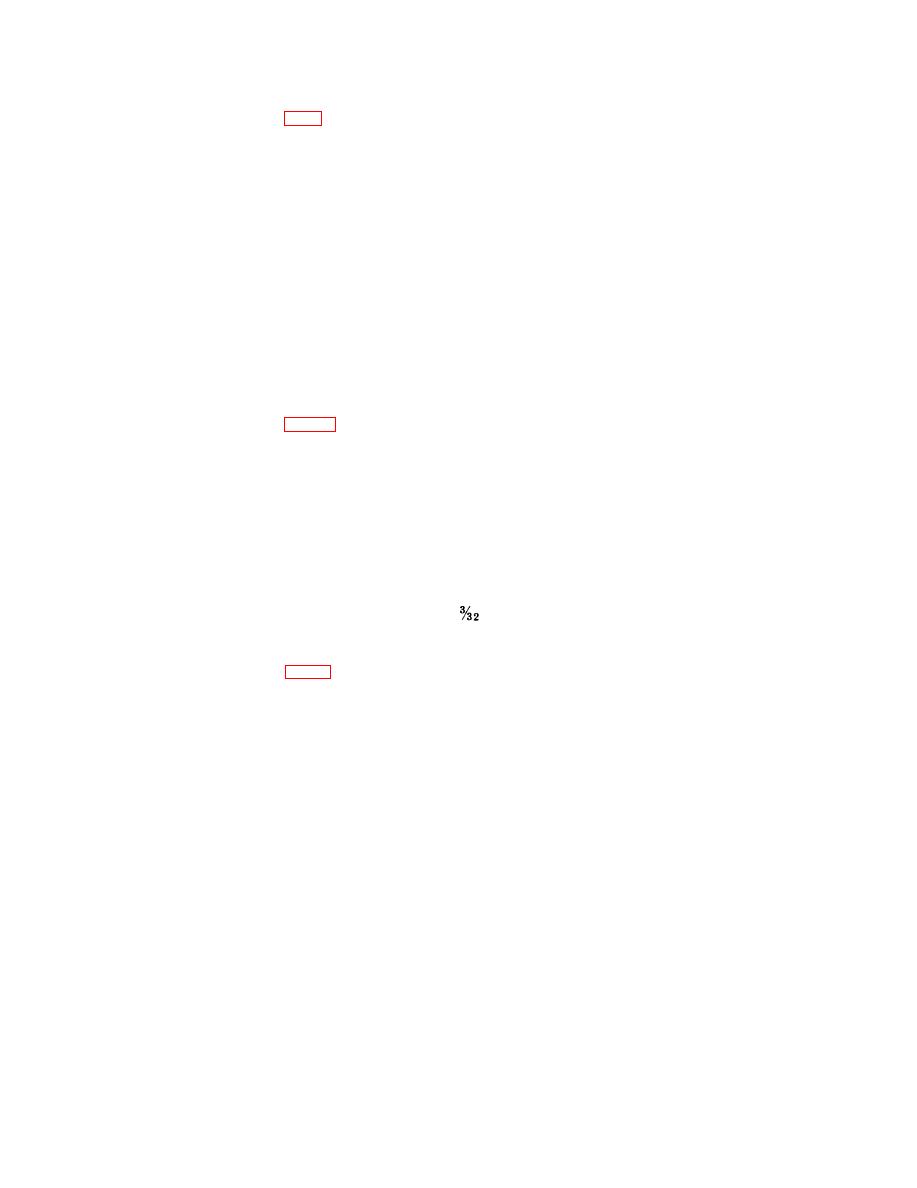
36. Opaque Object Projection System
The opaque object projection system consists of a projection lamp,
a parabolic reflector, three secondary mirrors, a front surface mirror,
and a projection lens. The opaque material to be projected is placed
on the undercarriage assembly projected stage. The projection lamp
and parabolic reflector are placed so that light is projected onto the
copy. Three secondary mirror reflectors insure uniform illumination
over the entire projection surface. The light reflected from the copy
falls on the front surface mirror at an angle of approximately 45
The image reflected from the front surface mirror passes through the
objective (projection) lens along a horizontal axis and falls onto the
projection screen. The design of the optical system is such that the
screen image is a true picture of the object, right side up and correctly
positioned right to left.
37. Copy Feeding Unit
The copy feeding unit consists of an endless perforated neoprene
conveyor belt supported on two rollers, one of which is crank operated.
The unit acts as a projection stage for the rapid presentation of
opaque material. The entire assembly is located on the undercarriage
assembly behind the exhaust fan so that air, moving downward and
out of the projector, tends to create a vacuum at the top of the copy
feeding unit belt. Material placed on the belt is thus held down upon
it and, as the crank is operated, the material is carried into the
projector and on out as the cranking is continued. The copy feeding
unit will handle material up to
inch thick.
38. Optical Pointer System
The optical pointer system consists of a condenser lens, a projection
lens, and a series of small mirrors. Stray light from the side of the
projection lamp is picked up by the condenser lens. The light strikes
a rear surface mirror which directs the light forward through an
aperture plate which has the image of the arrow cut out on it. The
light then strikes a front surface mirror which directs it upward
through a projection lens, mounted in a lens tube, which rotates
about a vertical axis. Light leaving the projection lens strikes a pointer
mirror which is mounted so that it can pivot about a horizontal axis.
The light leaving this pointer mirror is directed forward to fall onto
the projection screen. The pointer is controlled by means of the
control knob. Moving the control knob forward or backward rotates
29

